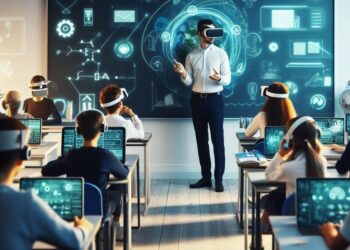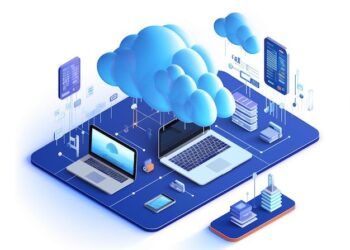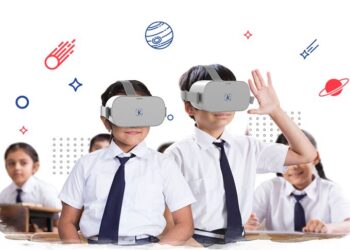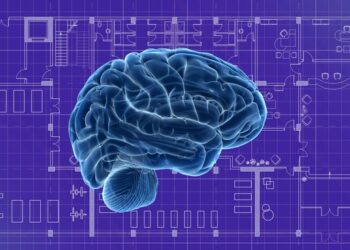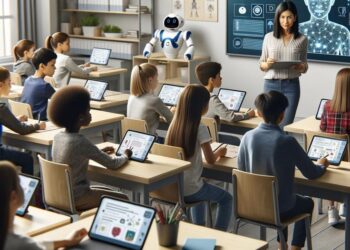The traditional classroom, a setting that has remained largely unchanged for a century, is undergoing a profound and irreversible transformation. The days of a teacher standing at the front of a room, lecturing to a class of passive students, are a relic of the past. A new paradigm has emerged, one that views technology not as a distraction but as a powerful, integrated tool for creating a more interactive, personalized, and engaging learning environment. The goal of tech for classroom engagement is not just to use technology for its own sake but to leverage it to foster a love of learning, to build a culture of collaboration, and to empower every student to be a curious, active participant in their own education. This definitive guide will take you on a deep dive into the foundational shifts that are driving this revolution, explore the core categories of classroom technology, and provide a strategic blueprint for educators and administrators looking to unlock the full potential of a modern, student-centered classroom.
The New Paradigm of Modern Education
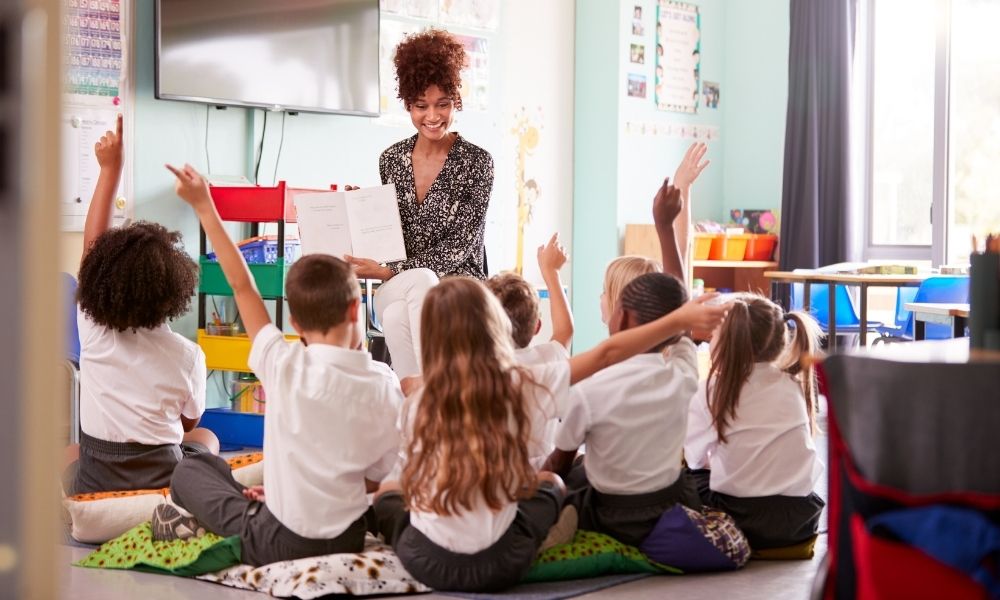
Before you can choose a specific tool, it’s crucial to understand the principles that guide a smart approach to classroom technology. This is about a mindset that values purpose, equity, and long-term investment over fleeting trends and marketing hype.
A. From Passive Learning to Active Participation
The biggest mistake a modern educator can make is to view a student as a passive recipient of information. The new paradigm is a fundamental shift to active participation, where a student is an active participant in their own learning journey. This requires a classroom environment that is a place of collaboration, creativity, and discovery. Technology is a powerful tool for this, from a gamified learning platform that turns a lesson into a fun game to a virtual reality field trip that transports a student to a new world. This is a shift from a mindset of a student’s output to one of a student’s impact.
B. The Imperative of Personalized Learning
Every student is a unique individual with their own needs, their own learning style, and their own pace. The traditional classroom, with its one-size-fits-all approach, often fails to meet the needs of every student. The new imperative is for personalized learning, where every student has a unique learning journey that is tailored to their specific needs and interests. Technology is a powerful tool for this, from an adaptive learning platform that adjusts a student’s pace to an AI tutoring system that provides a student with a personalized list of recommendations for improving their performance. This is a shift from a mindset of a student’s output to one of a student’s potential.
C. Fostering a Culture of Collaboration and Creativity
The future of work is a hybrid one, where human creativity and empathy are augmented by the speed and processing power of AI. The modern classroom is a new, more immersive, and more personal experience, with a new generation of tools that are designed to be a perfect blend of a person’s unique vision and style. This could be a new, more powerful laptop with a new, more intuitive interface, a new, more immersive editing system with a new, more powerful VR headset, or a new, more integrated workflow with a new, more powerful set of tools. The key here is to find a system that is a perfect blend of a person’s unique vision and style.
D. The Role of Technology as an Enabler
Technology is the backbone of a successful remote-first culture. It is the lifeblood of a remote team, providing a new level of communication, collaboration, and productivity. The most successful remote teams are not those that are using the most expensive tools, but those that are using the right tools in the right way. This is a recognition that technology is not a problem; it is a powerful solution that can enable a new level of freedom, flexibility, and productivity.
The Core Categories of Tech for Classroom Engagement
Based on these foundational principles, here are the key categories of tech for classroom engagement that will define success in the new era. Each category represents a strategic imperative for a modern classroom.
A. Interactive Learning Tools
Interactive learning tools are a new form of education that is designed to be a perfect blend of a person’s unique vision and style. They are a powerful tool for a teacher who wants to create a more interactive, personalized, and engaging learning environment.
- A. Interactive Whiteboards: An interactive whiteboard is a new form of education. It is a powerful tool for a teacher who wants to create a more interactive, personalized, and engaging learning environment. It can be used to display a video, to play a game, and to collaborate with a student.
- B. Student Response Systems: A student response system, such as a Kahoot! or a Quizizz, is a new form of education. It is a powerful tool for a teacher who wants to create a more interactive, personalized, and engaging learning environment. It can be used to create a quiz, a poll, or a survey.
- C. Gamified Learning Platforms: A gamified learning platform is a new form of education. It is a powerful tool for a teacher who wants to create a more interactive, personalized, and engaging learning environment. It can be used to create a game, a challenge, or a competition.
B. The Immersive Learning Experience (VR/AR)
The future of education is not a traditional classroom; it is a virtual one. VR and AR are a new, more immersive, and more personal experience, with a new generation of devices that are designed to be a perfect blend of a person’s unique vision and style.
- A. VR Headsets for Education: A VR headset is a great way to transport a student to a new world. A student can use a VR headset to “walk” through an ancient city, to “explore” a museum, or to “hike” a national park. This is a powerful tool for a student who wants to learn about a new destination or a new culture.
- B. AR Apps for Visual Learning: An AR app is a new form of education. It is a powerful tool for a student who wants to learn about a new destination or a new culture. A student can use a smartphone to point their camera at a book and get a new, more interactive, and more engaging learning experience.
C. The Collaborative Classroom
The future of work is a hybrid one, where human creativity and empathy are augmented by the speed and processing power of AI. The modern classroom is a new, more immersive, and more personal experience, with a new generation of tools that are designed to be a perfect blend of a person’s unique vision and style.
- A. Shared Document Platforms: A shared document platform, such as a Google Docs or a Microsoft Office 365, is a great tool for a student who wants to collaborate with their team. It provides a new level of collaboration, a clear record of a person’s progress, and a clear record of a person’s goals.
- B. Video Conferencing: A video conferencing platform, such as a Zoom or a Google Meet, is a great tool for a student who wants to collaborate with their team. It provides a new level of face-to-face communication that is not available with a traditional classroom.
- C. Online Project Management: An online project management platform is a great tool for a student who wants to collaborate with their team. It provides a new level of organization, a clear record of a person’s progress, and a clear record of a person’s goals.
D. AI for Personalized Learning
AI is no longer a futuristic concept; it is a practical tool for immediate transformation. The widespread availability of sophisticated AI and machine learning models has unleashed a wave of automation that is reshaping everything from customer service to content creation.
- A. AI Tutoring Systems: An AI tutoring system is a great way to provide a student with a personalized learning journey. It can automatically adjust a student’s pace, a student’s learning style, and a student’s learning goals.
- B. Adaptive Learning Platforms: An adaptive learning platform is a great way to provide a student with a personalized learning journey. It can automatically adjust a student’s pace, a student’s learning style, and a student’s learning goals.
- C. Automated Grading: An automated grading system is a great way to free up a teacher’s time to focus on teaching. It can automatically grade a student’s homework, a student’s test, and a student’s project.
E. The Content Creation and Storytelling Hub
The future of education is not a traditional classroom; it is a virtual one. Technology is a powerful tool for a student who wants to be a creator, not just a consumer.
- A. Video Editing Software: A video editing software is a great way to empower a student to be a creator, not just a consumer. It can automatically edit a video, add music, and create a narrative.
- B. Podcasting Tools: A podcasting tool is a great way to empower a student to be a creator, not just a consumer. It can automatically edit a podcast, remove background noise, and add a professional intro and outro.
- C. Digital Storytelling Platforms: A digital storytelling platform is a great way to empower a student to be a creator, not just a consumer. It can be used to create a stunning piece of art, a marketing graphic, or a unique image from a simple text prompt.
F. The Administrative and Assessment Toolkit
Technology is a powerful tool for a teacher who wants to free up their time to focus on teaching.
- A. Learning Management Systems (LMS): A learning management system (LMS) is a great tool for a teacher. It can automatically manage a student’s homework, a student’s test, and a student’s project.
- B. Digital Assessment Tools: A digital assessment tool is a great way to free up a teacher’s time to focus on teaching. It can automatically grade a student’s homework, a student’s test, and a student’s project.
- C. Automated Communication: An automated communication system is a great way to free up a teacher’s time to focus on teaching. It can automatically send an email, a text message, or a social media post to a student or a parent.
A Strategic Framework for Implementing Tech in the Classroom
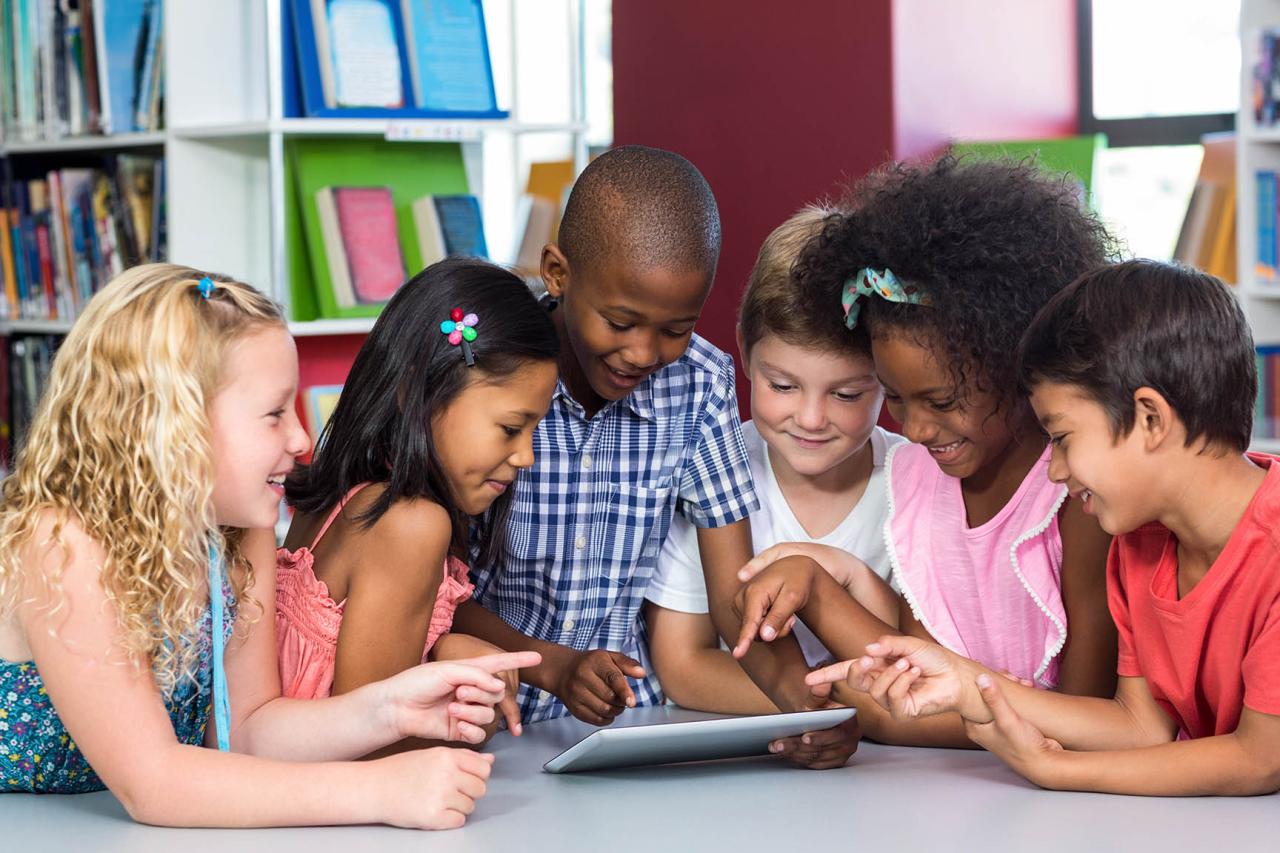
Understanding these technologies is just the first step. The real challenge lies in integrating them into a cohesive, data-driven, and long-term education strategy.
A. Auditing Your Classroom Needs
Before you launch a single campaign, you must first have a clear understanding of your needs. Conduct a thorough audit of your current tech setup, your daily routines, and your goals. This audit will serve as your roadmap and a guide as you build your tech ecosystem.
B. Prioritizing a Pedagogy-First Approach
The biggest mistake a new educator can make is to buy a gadget based on hype or a cool feature. The modern approach is to prioritize pedagogy over technology. This means asking yourself a simple question: “Does this technology solve a real problem in my classroom?” or “Does this technology make my classroom better, more efficient, or more engaging?” The best tech is not the one with the most features; it is the one that has a clear purpose and adds a tangible value to your life.
C. The Importance of Teacher Training and Support
The most valuable asset in any classroom is a great teacher. A new technology is only as good as the teacher who is using it. A successful tech integration strategy has a clear plan for a teacher’s training and support. This includes a clear plan for a teacher’s professional development, a clear plan for a teacher’s mentorship, and a clear plan for a teacher’s ongoing support.
Conclusion
The new era of education is defined by a fundamental transformation, driven by the convergence of technology, a new sense of purpose, and a new set of student values. The tech for classroom engagement models discussed in this guide are not isolated events but are deeply interconnected, each one influencing and amplifying the others. The rise of AI, for example, is not just about automation; it’s about enabling hyper-personalization, creating more efficient supply chains, and empowering the creator economy. Similarly, the push for sustainability is not just an ethical concern; it’s a strategic imperative that is reshaping entire industries.
For any educator or administrator, the challenge is clear: you must be proactive, not reactive. The era of waiting to see what the competition does is over. The schools that will thrive are those that are already building a privacy-first brand, investing in AI-driven automation, and embracing a phygital approach to customer experience. The future is not a destination; it’s a continuous process of learning, adapting, and innovating.
This new landscape presents a monumental opportunity. While the scale of change may seem daunting, it also opens up countless new avenues for entrepreneurship and growth. Businesses that lead with purpose, transparency, and a genuine commitment to their customers and employees will not only survive but will build a foundation for sustained success. The future of business is not about simply chasing profits; it is about creating value, building trust, and navigating a complex world with agility and foresight. It is a thrilling and challenging journey, and for those who are ready, the rewards are immense.


